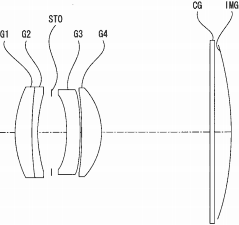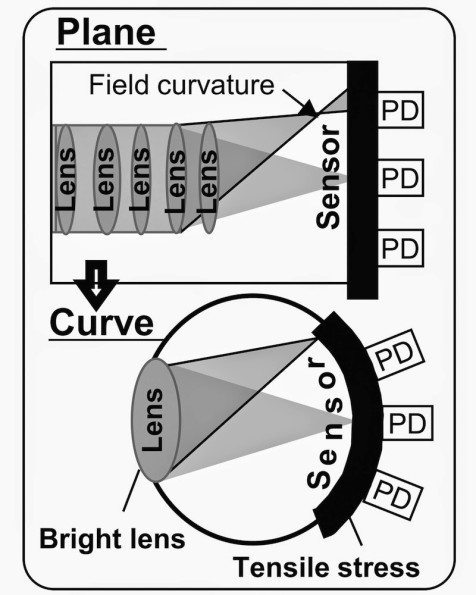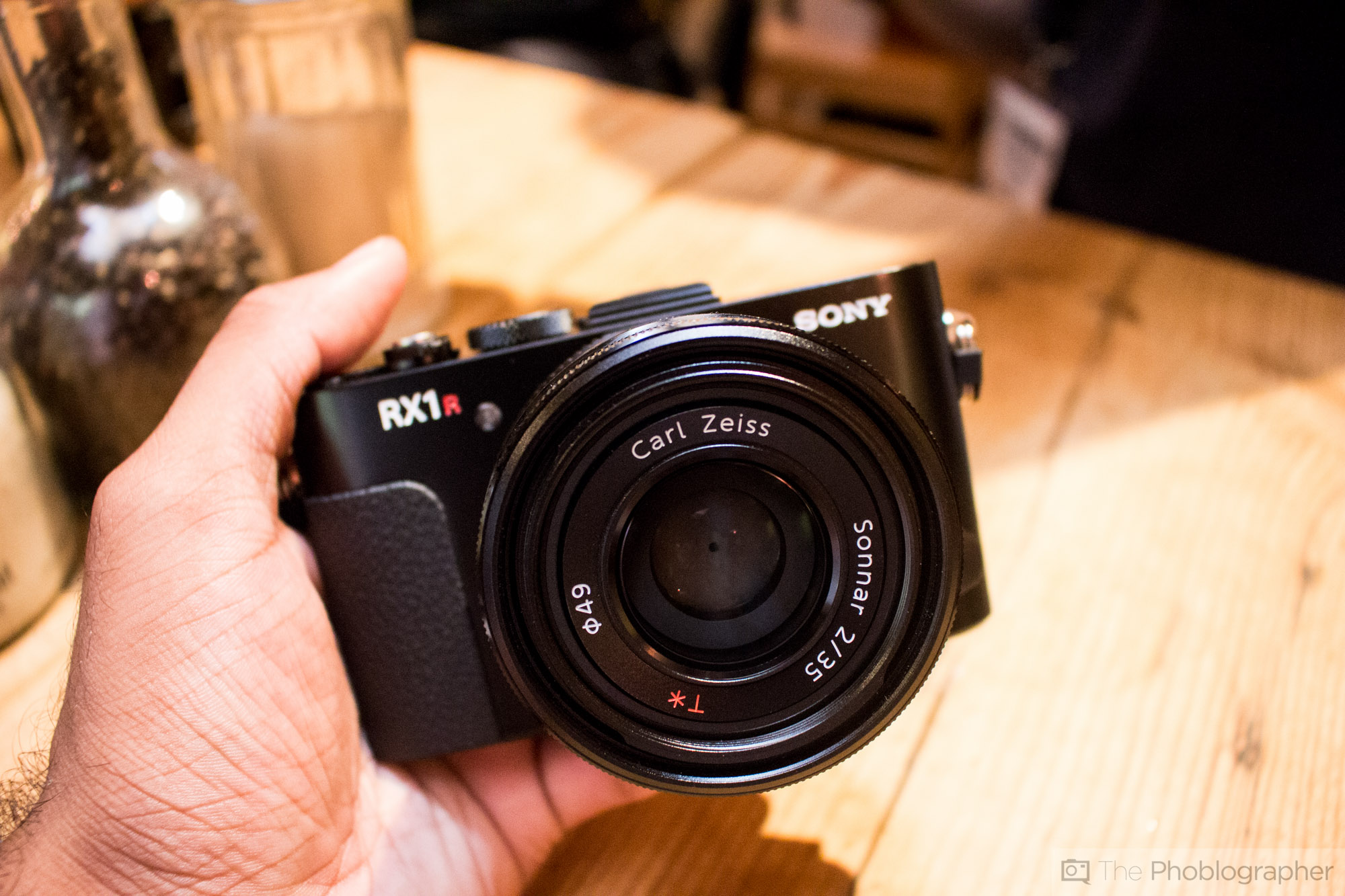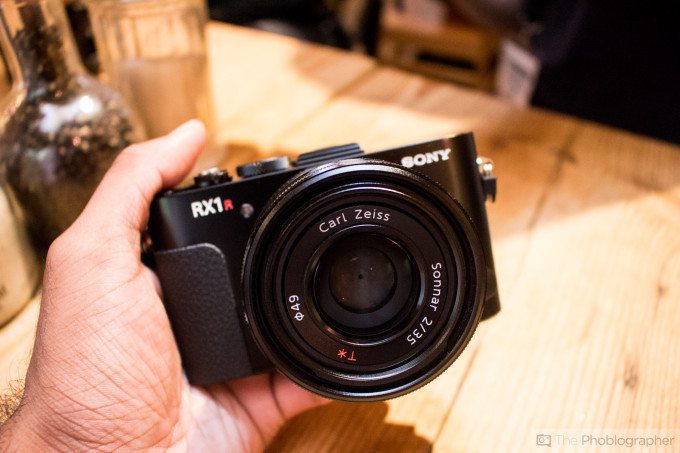Last Updated on 04/30/2014 by Chris Gampat
When Sony first announced the RX1, it truly turned the photographic world around, as it was the first fixed-lens compact camera to sport a full-frame 35mm sensor and a fixed 35mm f2 Carl Zeiss lens. A little later, Sony updated the camera with the RX1R, which had basically the same specs as the RX1, but came without an anti-aliasing filter on top of the sensor for improved sharpness.
The internet has been busy speculating on the RX1(R)’s successor’s details for a while, but now Photo Rumors reports that the camera, which might be called the RX2, will come with a faster 35mm f1.8 lens and–more importantly–a new curved sensor. Sony’s curved sensor technology had been reported earlier, but now a patent has been discovered that shows a 35mm f1.8 lens designed specifically for a just such a sensor.

With the way that technology progresses, it seems that it is now possible to deviate from the classic flat sensor design that is basically a remnant of the days of film, and build sensors that are curved so as to better collect the light coming from the lens. But what exactly makes a curved sensor so much better than a regular flat one?
The two major problems with flat sensors are that
a) light hitting their edges at steep angles doesn’t get picked up entirely by the pixels, causing vignetting and in some cases color casts.
b) the focal ‘plane’ (or the back element) of a lens often really isn’t a flat plane, but slightly curved, so that objects towards the corners of the image have their focal point slightly in front of the sensor. A curved sensor eliminates both these problems.
Of course, this also means that it could totally change the way that lenses are made in the future.

But it does even more than just what we’ve talked about. Due to the fact that neither vignetting nor curved focal planes are a problem with a curved sensor design, lenses can be made with much simpler optical constructions, as they don’t have to compensate for these problems anymore. As you can see in the image of the Sony lens patent, the design is a simple planar-type lens sporting only four lens elements. Compared to the much more complex design of the original RX1, this means that with a curved sensor lenses can be made faster, cheaper, and with better resulting image quality.
Now: just imagine cleaning a curved sensor.



